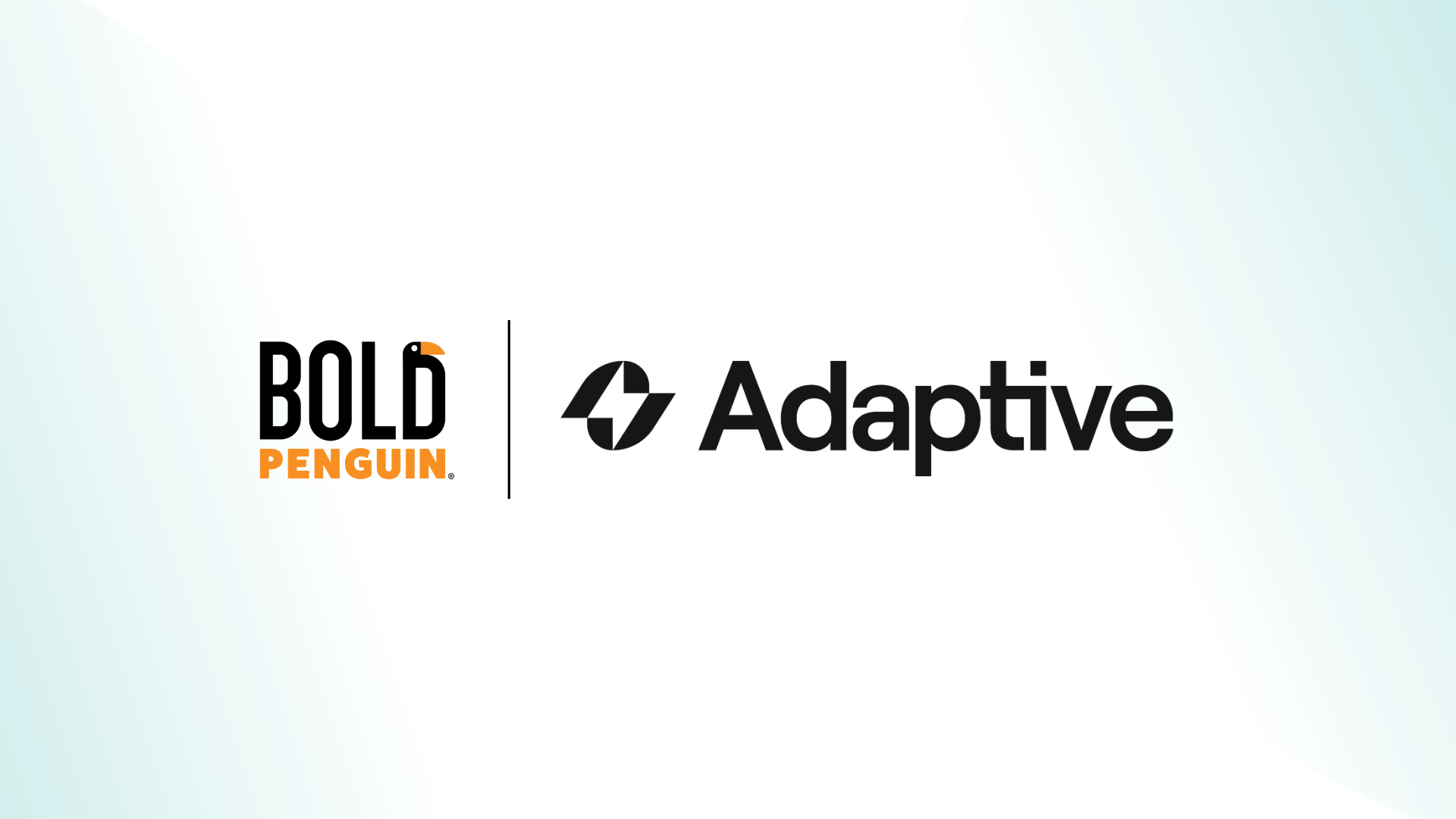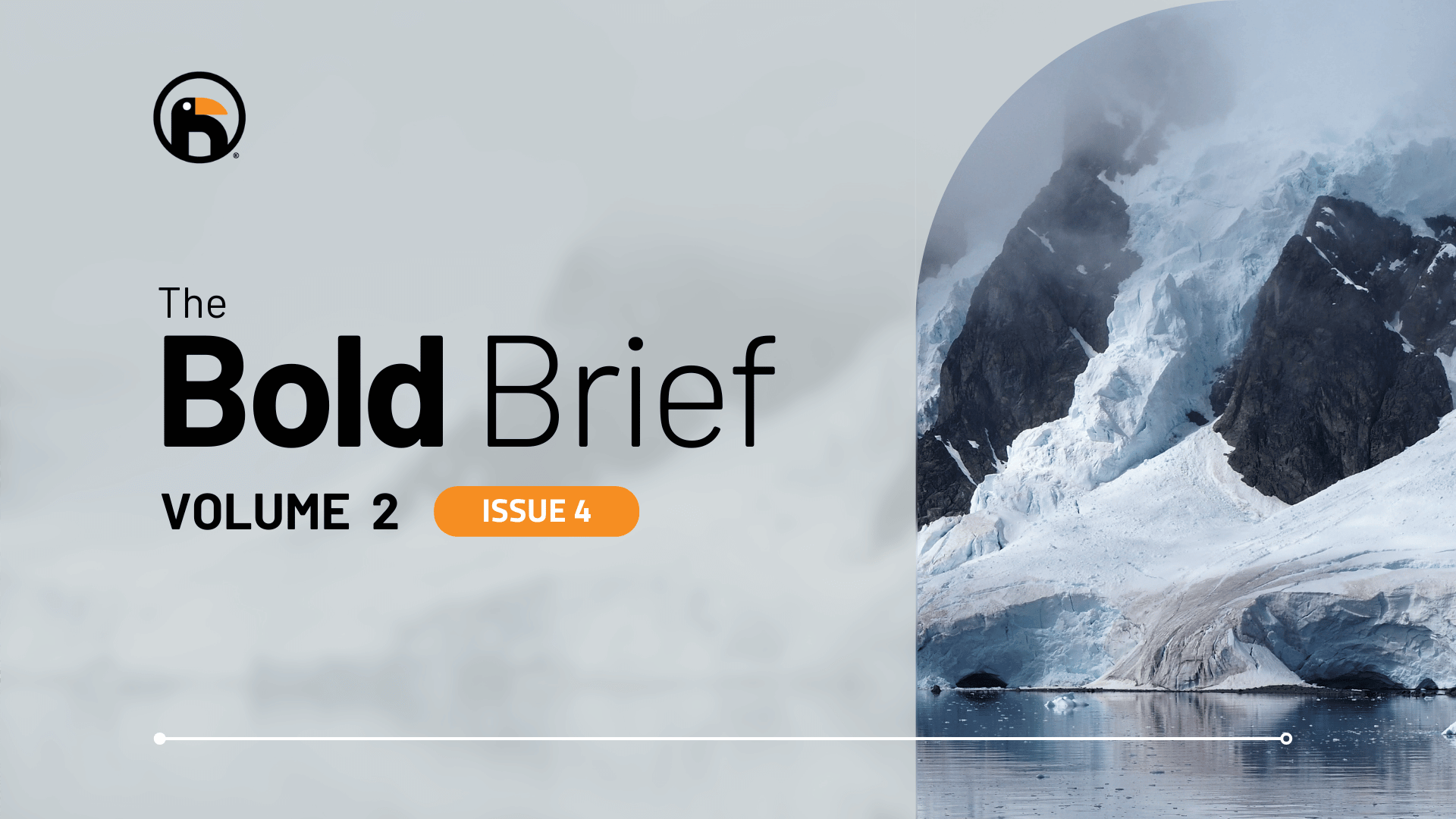The evolving excess & surplus needs of small businesses
The fifth installment in the Bold Penguin series on The Evolving Risks Of Small Businesses addresses the excess and surplus needs and available high-risk insurance coverage for small commercial customers.

This is the fifth installment in Bold Penguin’s The Evolving Risks Of Small Businesses series. It addresses the excess and surplus (E&S) needs and availability of high risk insurance coverage for small commercial customers.
Contributed by Chris Kessler, Vice President of Corporate Development at Bold Penguin. In this role, Kessler maintains a pulse on the commercial insurance market and continually searches for new opportunities and partners with products and services that extend Bold Penguin’s mission to simplify commercial insurance.
The Evolving Risks Of Small Businesses is a six-part educational series crafted to help insurance agents navigate the demands of commercial insurance, brought to you by Bold Penguin. Each month, we will highlight a new timely topic that will discuss the trends and tips of a particular risk to help ensure that business owners’ investments are protected.
May’s focus is excess and surplus high-risk insurance coverage. The complete Evolving Risks Of Small Businesses 2024 Report is available here.
Fifth installment in The Evolving Risks series: excess and surplus high-risk insurance coverage for small businesses
In this post, we'll explore E&S, or non-admitted, high-risk insurance coverage, how it differs from admitted insurance, why it has experienced exponential growth recently, and how agents can leverage it to fill coverage gaps.
What is excess and surplus insurance, and how is it different from standard admitted coverage?
E&S is a special type of high-risk insurance that covers unique or risky situations that standard insurance won’t touch.
According to the International Risk Management Institute “Excess and surplus lines insurance is any type of coverage that cannot be placed with an insurer admitted to do business in a certain jurisdiction.”
According to Ralph Blust, CRO and President of Pathpoint, “depending on the particulars of any risk, the E&S market might be the only way to secure adequate coverage. This can include businesses operating in niche industries, those with unusual or high-risk operations, or those located in areas prone to natural disasters.”
What’s the difference between E&S high-risk insurance and standard admitted coverage?
The main difference between E&S non-admitted insurance and standard admitted insurance market alternatives is “that state-guaranteed funds do not protect E&S clients’ policies, but they do protect admitted policies. If an admitted carrier goes insolvent, a state guarantee fund will step in, but there is no governmental backstop if an E&S carrier faces insolvency,” continued Blust.
That risk of insolvency sounds more perilous than it is. When advising clients on E&S coverage, it’s important to understand these industry nuances and address these differences (and misconceptions).
Importantly, all businesses must seek coverage from the admitted markets before moving to the non-admitted market. When an admitted market declines coverage, this is considered a “declination.” All states have a requirement on the number of declinations you must receive before you may start shopping in the non-admitted space, with the majority of states requiring three declinations. For select industry classes, coverage types, and locations, agents can proceed directly to the E&S markets without gathering declinations.
Recent growth of the E&S market

In a recent interview with Mark Schauss, Executive Underwriting Officer, Small Commercial, for Markel, he summarized that, “The most significant trend in the E&S insurance landscape is the continued growth of the E&S marketplace itself.”
According to a recent McKinsey report, “Between 2016 and 2021, the E&S industry has grown by three times as much as the admitted market.”
E&S submissions have increased by double-digits in the past year, propelled by independent agents and wholesale brokers. Agents have become increasingly reliant on this high-risk insurance coverage tool to ensure their customers’ investments are properly protected.
Commercial E&S
Within the commercial category of E&S, commercial liability and commercial property have comprised the bulk of the market. As summarized in a recent Insurance Journal article, “Premiums in [commercial liability and commercial property] lines increased nearly 10% and 32% to about $26.8 billion and $24.2 billion, respectively, in 2023.”
We expect this growth trajectory in high-risk insurance for commercial markets to continue, at least for the short term.

What factors contribute to the increased demand for E&S coverage?
There are a handful of factors that have contributed to the increased demand for E&S coverage, especially during the hard market we are currently experiencing:
Non-admitted markets for high-risk insurance have stepped in for admitted markets
Admitted carriers are not renewing business and reducing their industry and coverage offerings. Additionally, the increasing cost of claims is leading to the need for admitted carriers to increase premiums. And because of regulatory requirements, it can be difficult to raise those premiums quickly, leading them to exit certain markets altogether. Because E&S carriers can offer more flexible premiums where admitted markets can’t budge, they have been able to fill the coverage gaps where there are no, or only prohibitively expensive, coverage options.
Catastrophic events have increased demand for high-risk insurance
Regions that tend to experience more natural disasters can drive demand for high-risk insurance options like E&S.
Blust continues, “The increased frequency and severity of catastrophic events, like hurricanes and wildfires, have pushed more property business to E&S. Under regulatory guidelines set by state insurance departments, admitted carriers typically offer standardized policies with coverage limits, terms, and pricing that they cannot adjust. By comparison, in catastrophe-prone states like Florida and California, E&S carriers have the ability to raise their premiums to cover losses while continuing to offer coverage options.”
E&S carriers have been able to provide market stability in states with rapidly shifting admitted market dynamics due to events like these.
Nuclear verdicts have exceeded expectations
Nuclear verdicts are jury awards or settlements in a liability lawsuit that significantly exceed expectations. These cases usually involve severe injuries, extensive damages, or severe negligence by the defendant across various sectors. Often these awards reach seven, eight, or even nine-digit settlements. Because E&S carriers usually have higher limits, they can be a valuable option in these high-risk insurance situations.
Flexibility and agility when remarketing
Remarketing in a hard market can be cumbersome. The industry has demanded creative solutions to an ever-changing variety of high-risk insurance exposures, like cyber risk. Those solutions aren’t readily available, or have become very expensive, on admitted markets. E&S carriers, buoyed by their financial strength and agile underwriting, have quickly responded with solutions when remarketing was needed. E&S insurers have been able to capture new business due to the flexibility with the risks they choose to cover. This flexibility allows them to adapt to business trends faster than admitted carriers.

What types of small businesses or industries benefit from E&S coverage?
Many small businesses have complex challenges that might not fit under the admitted market umbrella. Certain types within high-risk verticals produce a stronger demand for E&S coverage. For example, general and artisan contractors such as roofers, welders, arborists, and tree trimmers; businesses that use hazardous equipment or are in dangerous areas; or those that have been in business less than three years might need high-risk insurance coverage from non-admitted carriers.
As industries and their need for high-risk insurance has evolved, E&S has responded. Blust continued, “[We’ve seen a] significant interest in our newest vertical, Retail & Services, which offers package solutions for a variety of Main Street mercantile classes such as convenience stores, food trucks, nail salons, and more. Certain classes, like tanning salons, may be entirely out of scope for admitted carriers, and admitted markets often will not offer high enough general liability limits compared to E&S carriers.”

Tips for agents advising on E&S
The E&S submission process offers agents an opportunity to solidify themselves as trusted advisors. As agents take time to explain what E&S is to their clients and how to think through coverage options in a more complex environment, they have a unique opportunity to guide their clients. The following are a few tips to keep in mind when advising on non-admitted high-risk insurance coverage:
Carefully review high-risk insurance terms and conditions
Schauss stressed the importance of giving terms and conditions the due diligence they deserve. “Terms and conditions, such as exclusions or sublimits, are much more common on E&S policies. In the small business space, this can help keep premiums affordable – which can be a very good thing but comes with tradeoffs. Make sure these terms and conditions are reviewed carefully with your clients to ensure everyone understands the coverage they are purchasing.”

Address high-risk insurance misconceptions
Many business owners might shy away from E&S coverage because they believe it isn’t regulated. Blust explains, “it’s important to remember that E&S is still regulated. Insurers must meet specific financial criteria and licensing requirements set by the National Association of Insurance Commissioners (NAIC) to underwrite surplus lines policies.”
Check carrier ratings and performance
Agents should regularly review AM Best's ratings to gain a comprehensive understanding of E&S carrier ratings and performance. Those with strong ratings tend to provide scores transparently, as do the wholesalers or intermediaries who partner with them.
Stay current on regulatory changes to remain ahead of the curve
Schauss reminds us that, “Given the rapidly evolving loss cost landscape, regulators may struggle to adequately keep up with the required price increases. This will drive business into the E&S space where price changes are not subject to the regulator's timelines.”
Following the correlation between admitted and non-admitted state-level activity will help you be prepared for changes. Agents can leverage technology tools for automatic state-specific subjectivity prompts, enabling them to stay up to date in real time.
A consultative approach to leveraging E&S helps small businesses with high-risk insurance coverage
Understanding non-admitted, or E&S, insurance and how it can fill important high-risk insurance coverage gaps is essential to advising small business owners. As the risks have evolved due to several factors, like high nuclear verdicts and an increase in catastrophic events, to name a few, E&S has stepped in to play a bigger and more crucial role in protecting investments.
Agents should seize these consultative opportunities to offer personalized advice customized to customers’ unique risk profiles to solidify their role as trusted advisor.
The preceding article is part five of a six-part educational series on navigating commercial insurance, with the purpose of keeping commercial insurance agents abreast of industry trends. The complete Evolving Risks Of Small Businesses 2024 Report is available here.
Join the conversation on LinkedIn or contact us to learn more.



